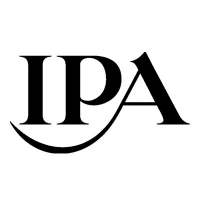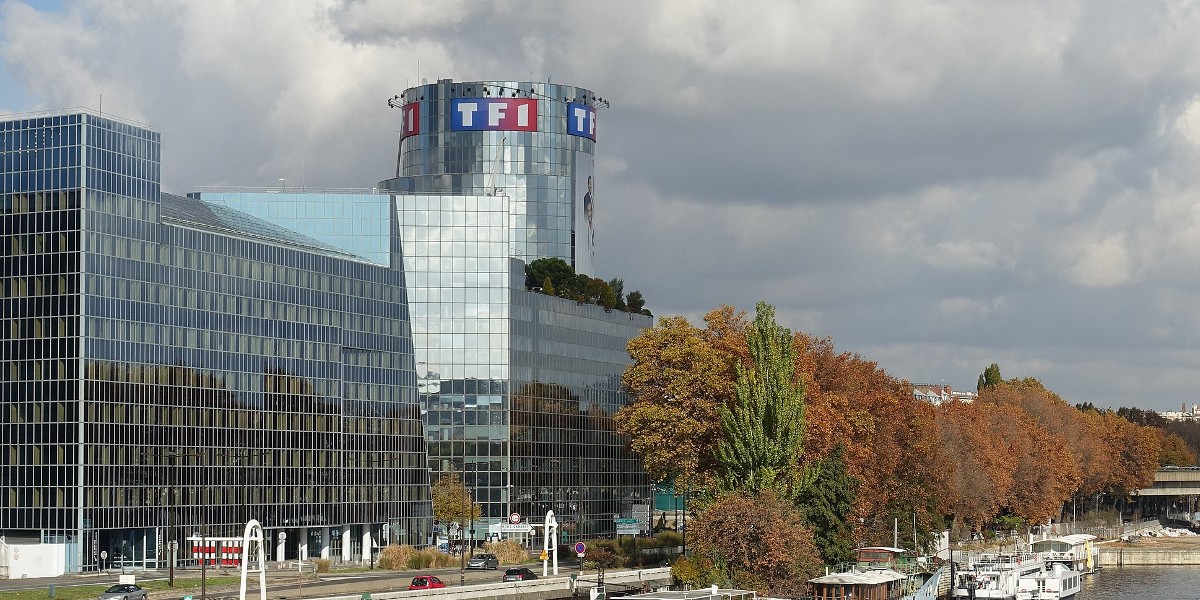 UK marketing budgets flat-lined on the whole in Q2 this year according to the Institute of Practitioners in Advertising’s (IPA) Q2 Bellwether Report, but internet and TV budgets continued to grow healthily. After a strong Q1 had raised hopes for a sustained revival in marketing budgets, UK businesses have proven more cautious overall in Q2 – though this caution hasn’t spread to their plans for TV and digital advertising.
UK marketing budgets flat-lined on the whole in Q2 this year according to the Institute of Practitioners in Advertising’s (IPA) Q2 Bellwether Report, but internet and TV budgets continued to grow healthily. After a strong Q1 had raised hopes for a sustained revival in marketing budgets, UK businesses have proven more cautious overall in Q2 – though this caution hasn’t spread to their plans for TV and digital advertising.
The Bellwether Report doesn’t look at changes to total marketing spending in terms of pounds or dollars, but rather at the net balance of companies which reported bigger marketing budgets in Q2 than in the previous quarter. In Q1 this year, a net balance of +8.7 percent of companies surveyed said their marketing budgets had grown. But in Q2 the net balance is 0 percent – with 20 percent of panel members saying their budgets had grown, but 20 percent saying their budgets had shrunk (and the remaining 60 percent reporting unchanged budgets).
The IPA attributes this caution to continued economic uncertainty in the UK, particularly in light of recent political developments which will see a new Prime Minister take charge later this month. “Between Boris, Jeremy and Brexit, coupled with a dip in consumer confidence, it is perhaps no wonder that this quarter’s Bellwether shows zero growth to overall UK marketing budgets,” said Paul Bainsfair, IPA Director General. “Until a clearer political and economic path is outlined, the vast majority of companies are locked in stasis.”
Internet advertising budgets however continue to grow, with a net balance of +11.5 percent of firms reporting increases. This wasn’t quite as high as in Q1, when 17.2 percent on net received higher budgets, but nonetheless it’s impressive growth at a time when marketing budgets overall are stagnant. “Internet marketing remained a bright spot,” said Joe Hayes, economist at IHS Markit and author of the Bellwether Report. “We see continued growth in the digital space, with panellists pointing to ongoing drives through technological improvements and social media channels.”
‘Main media’ budgets, which the IPA says includes large scale campaigns on TV, radio and cinema, also grew. A net balance of 5.6 percent of companies reported greater main media budgets in Q2, compared with 5.2 percent in Q1. This was one of only two categories defined in the report where the net balance of companies receiving bigger budgets actually grew in Q2 compared to Q1 (with the other being events).
The IPA said this growth came as more firms were looking to big ticket marketing campaigns to build brand recognition and expand their customer bases. In some cases too, brands looked to main media marketing as a defensive strategy due to increased competitive pressures, according to the IPA.
Looking ahead, the IPA’s short term forecasts for the industry aren’t too positive. The report expects only a 1.1 percent increase in ad spend over 2019 as a whole, with uncertain political and economic conditions set to continue. This uncertainty was outlined by how 34 percent of respondents to the IPA’s survey had a pessimistic outlook towards finances in their industry, with only eight percent optimistic.
But longer term, the IPA expects marketing spend to accelerate once this uncertainty clears up – it forecasts ad spend growth rates of 1.8 percent in 2020, 2.0 percent in 2021, 2.2 percent in 2022 and 3.1 percent in 2023.




